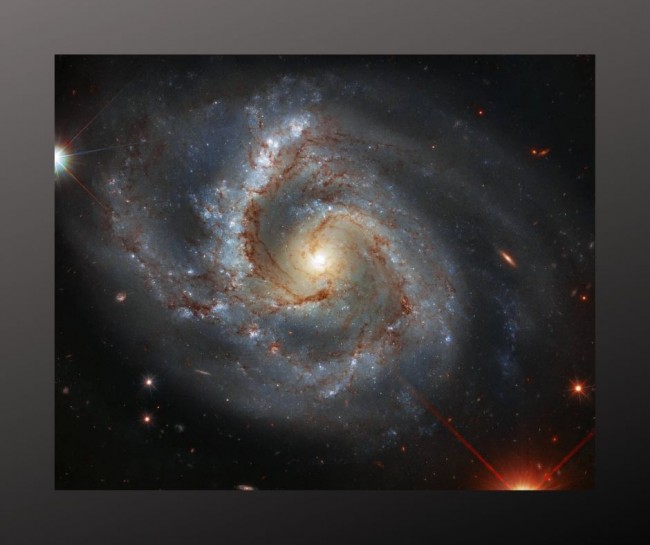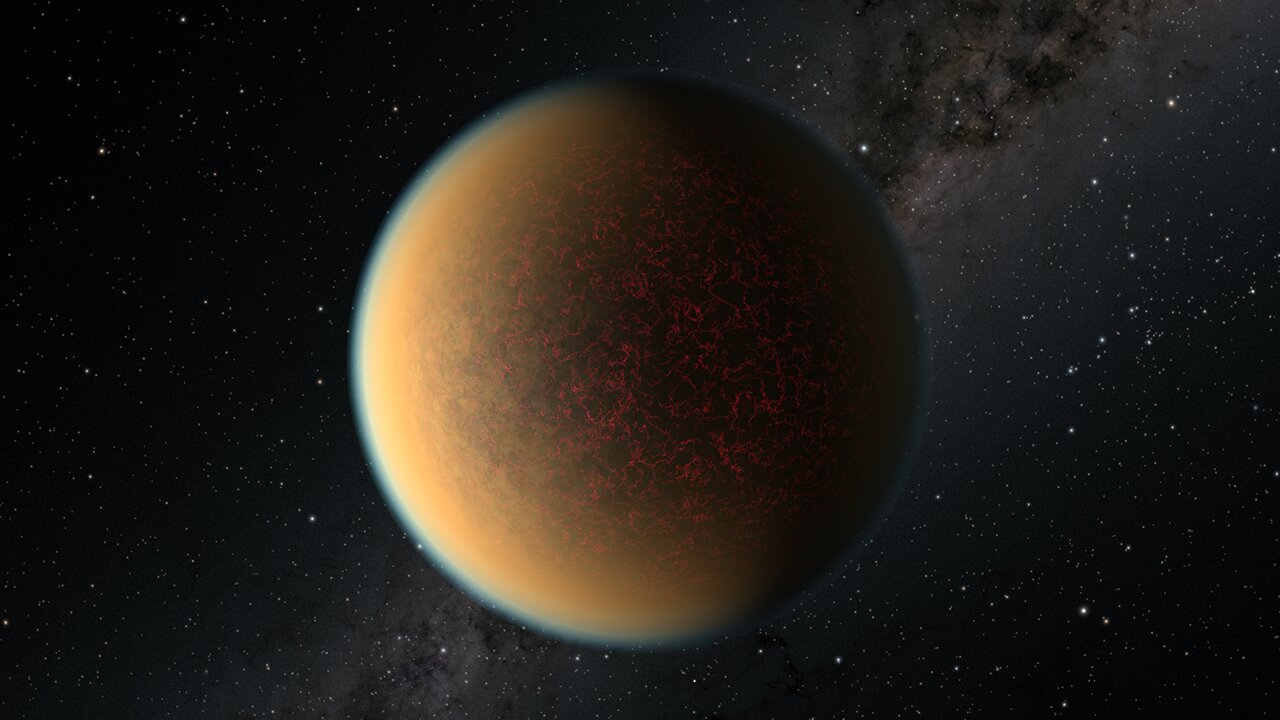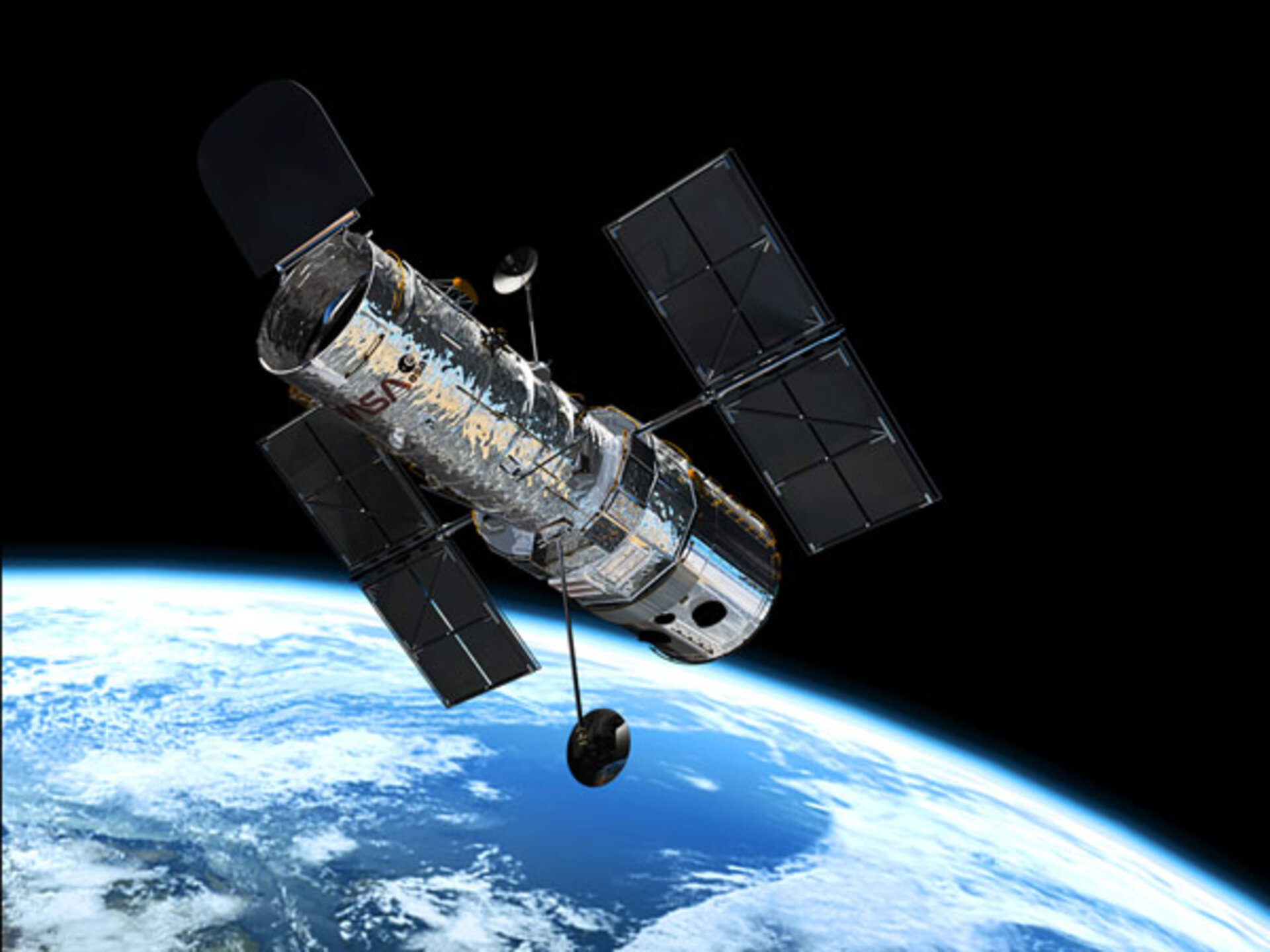Scientists recently shared two beautiful and mind blowing space images. One is a picture of an asymmetrical galaxy in the Pegasus constellation. Another is a picture of a rocky exoplanet similar to earth.
Galaxies are usually symmetrical, like our Milky Way. They become asymmetrical only in case of catastrophic collision with another galaxy. These collisions distort the shape of the galaxy.
Hubble Telescope shares the first picture of an asymmetrical peculiar galaxy
The Hubble Space Telescope took the first photograph of NGC 7678 Galaxy. According to SpaceRef, the galaxy has its one arm in another constellation Pegasus, about 164 million light-years.

This humongous spiral galaxy has a diameter of about 115,000 light-years. It was first discovered by the German-British astronomer William Herschel in 1784. The NGC 7678 Galaxy is almost as big as our galaxy the Milky Way.
NGC 7678 is also a part of 338 galaxies mentioned in the Atlas of Peculiar Galaxies catalogue. The catalogue was created in 1996 by an American astronomer Halton Arp. The catalogue includes strangest galaxies recognized through their characteristics.
According to Digital Trends, the heavy arm of the galaxy consists of more matter in comparison to others. It is bigger, brighter and has the formation of more stars. These characteristics make NGC 7678 Galaxy different from other galaxies as well as the Milky Way Galaxy.
Hubble Telescope shares an image of an exoplanet similar to Earth
The Hubble Space Telescope has also shared an image of an exoplanet GJ 1132b. The exoplanet is believed to be on its second atmosphere after its first atmosphere degenerated. The planet GJ 1132 b is believed to be 41 light-years away from our solar system.
This is one of a kind discovery for scientists at NASA. As this is the first time they have discovered a planet outside of our solar system with a secondary atmosphere.

Raissa Estrella, from the NASA’s Jet Propulsion Laboratory, California said that they initially thought these heavily irradiated planets who have lost their atmosphere would be pretty boring. However, when they looked again using the Hubble, the planet indeed had an atmosphere.
The exoplanet GJ1132 b shares some similarities with our Earth. Both the planets are believed to have identical density, size, and ages. It is also expected that their atmospheres are predominantly made of hydrogen. Astronomers believe both the planets may have the same air pressure at their surfaces.
These findings yet again indicate the fact that the majority of our vast universe is still undiscovered.
Stay with EveDonus Film for all the latest updates.








